Sunny Jim’s Sea Cave: The Cave Hidden Behind a Boutique
Tucked away behind a coastal boutique and at the end of a long, winding tunnel is a natural sea cave.
Listen and subscribe on Apple Podcasts, Spotify, and all major podcast apps.
Sarah Wyman: It is hard to find parking in La Jolla. It’s a neighborhood perched on a cliff in northern San Diego. The streets are narrow, and the sidewalks are sandy. Every 10 feet, there’s a trendy brunch place, or a boutique, or a gelato shop. But down the hill, on the bluff, there’s a line of 15 people parked on the sidewalk, in front of a wood-shingled store. Inside this normal-looking store, there’s a tunnel. A long staircase that leads underground, through the cliff, and spits you out inside a secret cave. This passageway is the only way to get there from land. Every few minutes, the people waiting to enter the tunnel get to watch someone emerge from Small groups spill onto the sidewalk, out of breath, maybe a little sweaty. I didn’t think it would be that steep. So many stairs. Oh, my calves hurt. What would you rate it on a scale of one to ten?
Child 1: Fifty thousand.
Sarah: No. Fifty thousand out of 10?
Child 2: I think I’d rate it 3 trillion.
I’m Sarah Wyman, and this is Atlas Obscura, a celebration of the world’s strange, incredible, and wondrous places. Today, we’re going down that long set of wooden stairs to see a spectacular hidden view of the Pacific Ocean, and a sea cave with a mysterious and colorful past. We descend into the tunnel, and the sunny gym cave, after this.
This is an edited transcript of the Atlas Obscura Podcast: a celebration of the world’s strange, incredible, and wondrous places. Find the show on Apple Podcasts, Spotify, and all major podcast apps.

Sarah: When I first heard about the sunny gym cave, I was sort of picturing a speakeasy, a closed door in the back of the shop where you’d have to knock three times or something before the door would open quickly from the inside and you’d sneak down the dark tunnel. Turns out, it’s a little less subtle than that. A video of the cave recently went viral on TikTok. So on the Friday afternoon when I show up, the sidewalk outside the door is crowded. Everyone is lined up under a big sign nailed over the front door. It has green block letters that spell out, The Cave Store. Entrance to cave. Inside, Shannon Smith is collecting signed liability waivers and pointing visitors down the steps to the cave. She is the store’s owner. Shannon has been running The Cave Store since her husband, Jim Allen, passed away in 2016. He bought the store back in 1995. At the time, it was a shell shop. Literally, it sold shells. Shannon says the whole place was packed full of them. It was dingy. And to find the cave, you kind of had to be looking for it.
Shannon Smith: The cave was like a little bit of a speakeasy. It was no advertisement of the cave. It was just the shell shop. So after that lease ran out, we came in, we cleaned it all up. He focused the business directly on the cave. And he was really a genius because 80, more than 80 percent of my business is the cave.
Sarah: As Jim and Shannon cleaned out the store and carried out their renovations, they learned more and more about the man who built the house and the tunnel to the cave. His name was Gustav Schultz, and he came to La Jolla sometime in the late 1800s.
Shannon: Well, I know that he was from Germany originally, and he was an artist, a painter. And he was coming by ship here with his paintings, and the paintings were lost at sea somehow.
Sarah: The details here are very murky, but a few different accounts suggest that Gustav might have been in some financial hardship. And when he got to La Jolla, he somehow managed to scrape together enough money to buy the plot of land we’re standing on from a local artist’s colony.
Shannon: And I think he may have also been a geologist.
Sarah: I read that too. It seems like he had a fascinating skill set.
Shannon: Yeah, he sounds like he was a bit of a character because he really was bold and pioneering and successfully so.
Sarah: I haven’t been able to find a complete record of Gustav’s life, but the breadcrumbs he left behind paint a really interesting picture. There’s a news clipping from 1902 where it says he and another guy who wanted to dig a cave tunnel got in a fistfight. And I read another account that said locals used to see Gustav swimming around in the cove with a hat on while smoking a cigar.
Shannon: Wow. That’s great. I didn’t read that one.
Sarah: Which I feel like, I mean, maybe it’s not true, but I feel like it sums up this weird, eccentric geologist/artist/person who would take it upon himself to dig a very long hole to a cave in it.
Shannon: Yeah, I mean, maybe he was checking it out.
Sarah: Maybe Gustav Schultz was like the Dos Equis Man of geology and tourism. Shannon takes me through the store, past watercolor paintings, jewelry, and a rack of postcards for sale, all the way to the cave entrance.
Shannon: Make sure you use the handrails, it’s a little slippery.
Sarah: Noted. All right, I’ll go first. In 1902, Gustav got permission from the city to start work on the tunnel. He hired two Chinese laborers who did most of the digging.
Shannon: So where you’re walking was pick and axe, dug out, took them two years in 1902 and 1903. So we’re walking through a man-made tunnel. And so, yes, some of the natural springs in the earth kind of leak in here and we …
Sarah: It feels kind of like we’re walking through a ride at Disneyland. There are stalagmites growing along some of the tunnel walls. Water drips down from the ceiling. It’s humid and smells kind of like chlorine.
Shannon: So right here you can see there’s natural calcification from the sandstone where the water is seeping in.
Sarah: It looks white.
Shannon: Yeah, it comes in white, so it’s like some calcium.
Sarah: And I’m about 5’6”, 5’7”, if I’m being generous. And I’m glad I’m not taller.
Shannon: Yeah. Yes. The men that come in that are 6’5”, come up with a stiff neck for a minute.
Sarah: I imagine these stairs are not from 1902.
Shannon: No. Actually, when they first dug the tunnel out, and you have to consider this is back when ladies wore bustles and petticoats and everything. They would pull themselves up and down on a rope. And I think I may still be able to show you where we had, for a long time, there was still some of the ironwork where the rope had been, but it may have deteriorated by now. And then slowly over time, steps were added.
Sarah: One hundred and forty-four of them. Today, there are lights installed along the tunnel, but back then it would have been pitch black.
Shannon: And now you have reached the bottom, so …
Sarah: The sea cave at the end of this tunnel is one of seven embedded in the La Jolla Cliffs. Geologists think they’re around 200,000 years old, and that they were formed by waves pummeling against the sandstone, seeping in through cracks in the rock, and boring a bigger and bigger opening.
Shannon: Now we’re walking down the platform, which starts at the end of the tunnel, which was man-made. Now all of this is a natural formation of a cave. So the rest of this is all a natural sea cave.
Sarah: We are deep inside the cave, walking along a wooden platform that’s taking us closer and closer to the light at the end of the tunnel. Waves come barreling in through the mouth of the cave and crash against the boulders and rocks on the cave floor, a couple feet below the platform we’re standing on. I look up at the cave’s ceiling, about 50 feet above us. Some of the stone is covered in red algae. Along the wall, more of it grows in yellow, black, and gray. There are pink and purple spots close to the water, where kelp has left traces of iodine behind.
Shannon: I just think it’s just a real specially enchanted place. It’s been here for so long, and it really kind of makes people happy. I’m not sure exactly why, but it really does.
Sarah: In September of 1903, less than a year after the tunnel was completed, the San Diego Union newspaper reported, “Professor Schultz’s tunnel is a success and is paying well.” Another document, filed with the city clerk the same year, called the cave a, “principal attraction of La Jolla Park.” Gustav was charging visitors 25 cents per visit. By 1911, he’d handed over the shop above the cave to a local merchant. Gustav spent most of his time on the upper story of the cabin, painting. He died in 1912. And that’s when things got interesting. Legend has it, his widow showed up in La Jolla and took over the shop, which was a surprise to pretty much everyone, because no one knew he’d been married.
Shannon: I have heard that he abandoned his wife in Germany, so, you know, hopefully she did show up and run it and get some of that retirement money.
Sarah: Exactly, good for her.
Shannon: Good for her, yeah.
Sarah: The cave has been used as a movie set. And allegedly, during Prohibition, bootleggers used to smuggle alcohol through the cave and up the tunnel. Although Shannon raises an eyebrow when she hears that one.
Shannon: I don’t know where I stand on that, because to me it seems like it would be harder to pull the bootleg up through the tunnel, as opposed to going to the shores and just docking the boat.
Sarah: Today, there aren’t any bootleggers or pirates or cigar-smoking professors swimming around in the cave. Just a couple families taking selfies. And some crabs scurrying across the rocks. If you ask me, the Sunny Jim Cave is one of those natural wonders where nature is only part of the wonder. The other part is human wonder. This cave wouldn’t seem so magical if I didn’t picture that Dos Equis Man of geology and oil painting doing the breaststroke around here with a cigar hanging out of his mouth. And even if the rumors about smuggling and Prohibition in the cave aren’t true, they make me feel like I’ve been let in on a big secret. Like by standing here on this platform, I’m somehow participating in an exciting, illicit activity. By far the most wondrous part of the Sunny Jim Cave isn’t the cave. It’s that tunnel. The experience of walking carefully down the wooden steps, 144 of them, while bending my neck to avoid the ceiling like I’m some kind of Indiana Jones, hearing droplets of salty water go plop as they fall off the slippery rock above me and onto the slag mites growing up from the floor. La Jolleans have been earning this natural wonder for more than a century now, first by building the tunnel to the Sunny Jim Cave, and now by making the trek down, and back up again, where they burst out the doorway and onto the sidewalk, totally out of breath.
Visitor 1: We were, like, huffing and puffing when we got back up.
Visitor 2: We had to, like, take a second. There’s, like, way more steps than we thought.
Sarah: The way down is all fun and games. It’s the way back up.
Visitor 2: Yeah. It’s legit a workout.
Sarah: FYI, the previous version of this episode misstated the role of L. Frank Baum in the creation of The Wizard of Oz. He was the author, not the illustrator. We’ve corrected the error. Special thanks this week to Shannon Smith for showing me around the cave. There’s more information about the cave story in the Atlas, and we’ve included a link to her website in the episode description. Thanks also to Stevie Hertz, my spelunking partner.
Listen and subscribe on Apple Podcasts, Spotify, and all major podcast apps.
This podcast is a co-production of Atlas Obscura and Witness Docs. Our production team includes Dylan Thuras, Doug Baldinger, Chris Naka, Kameel Stanley, Willis Ryder Arnold, Manolo Morales, Baudelaire Ceus, Guinevere Govea, McKenna Smith, Tracey Samuelson, John DeLore, Peter Clowney. Our technical director is Casey Holford. This episode was mixed by Luz Fleming. Our theme and end credit music are by Sam Tyndall
This story originally ran in 2021; it has been updated for 2025.

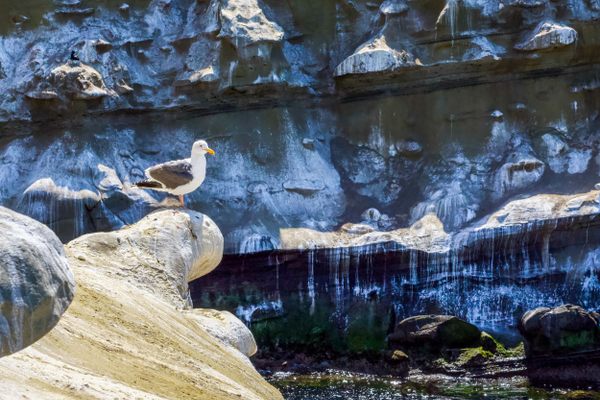
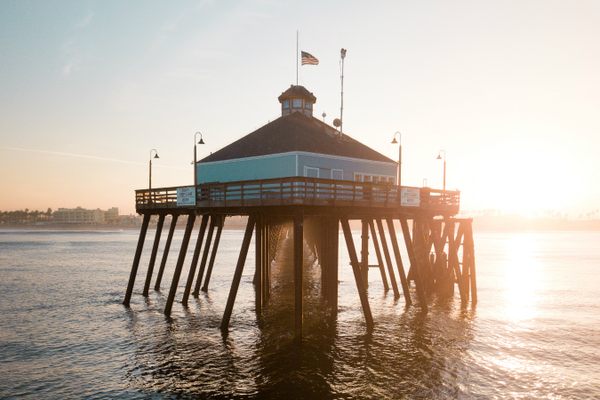


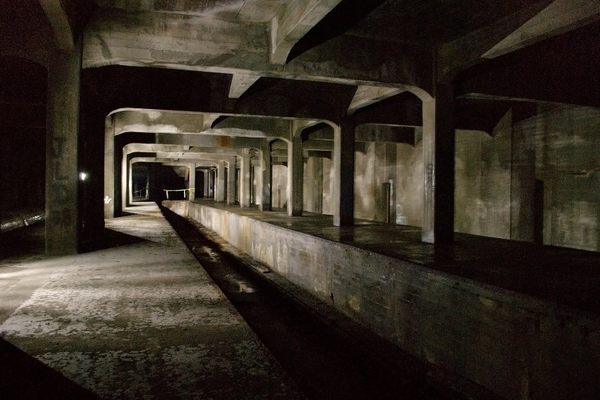
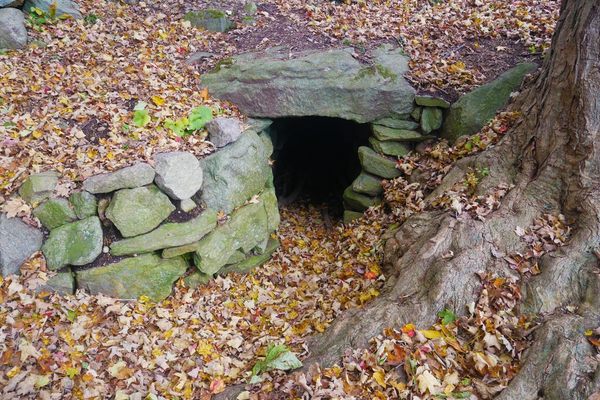

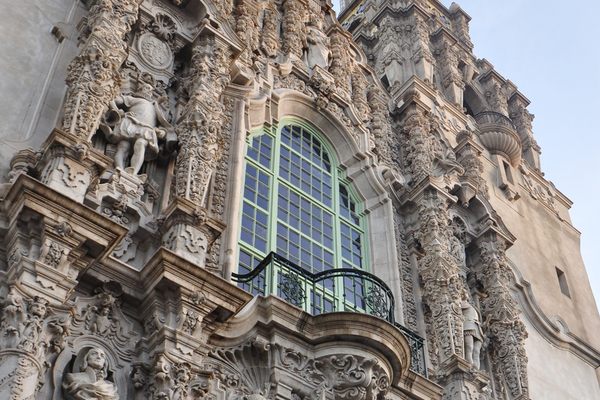
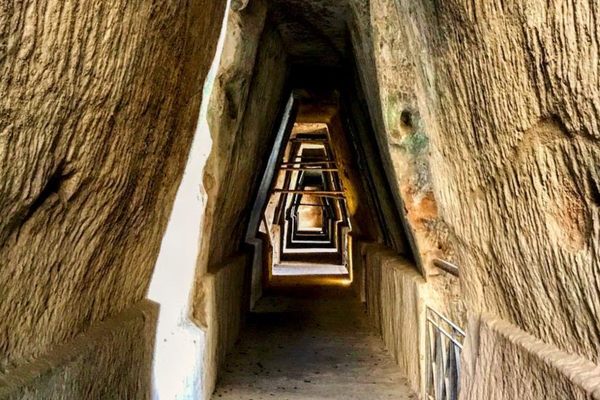
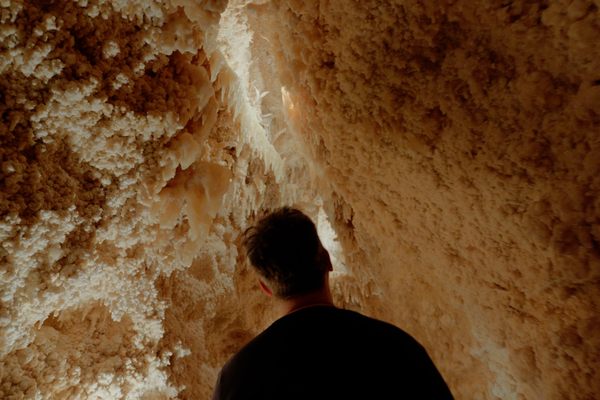
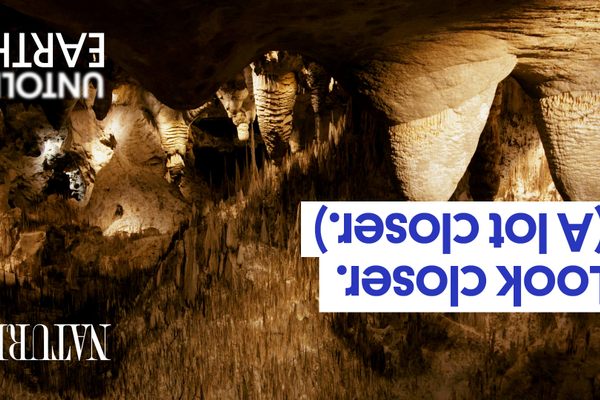
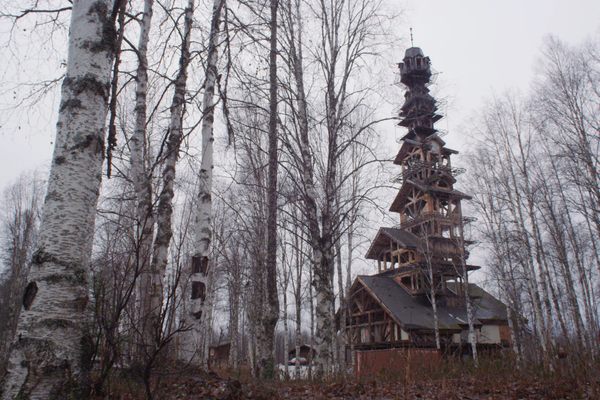

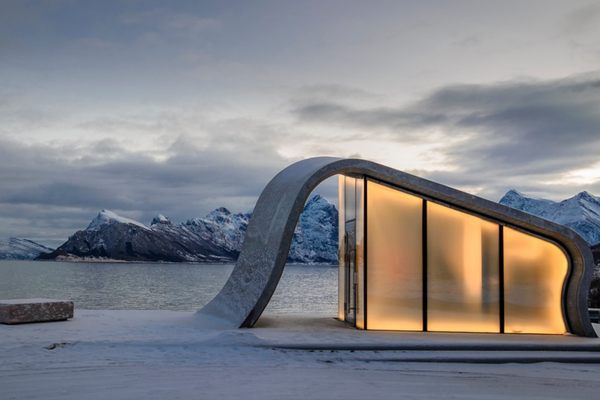
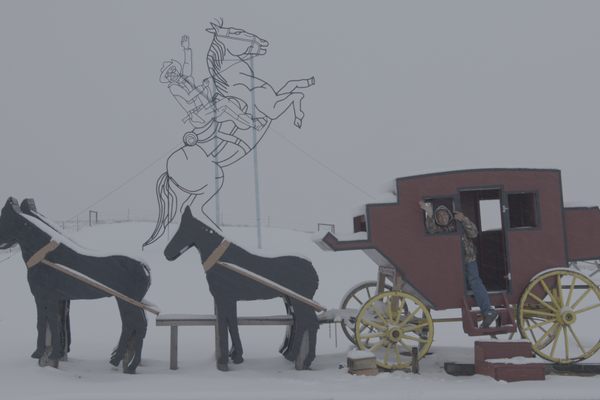

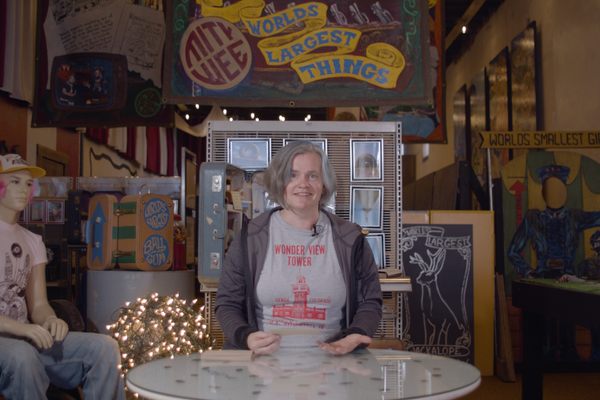
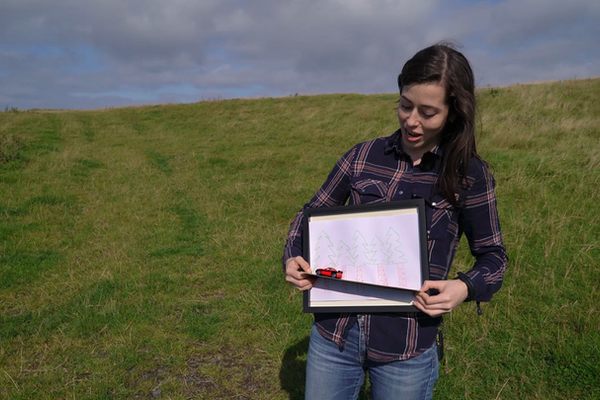
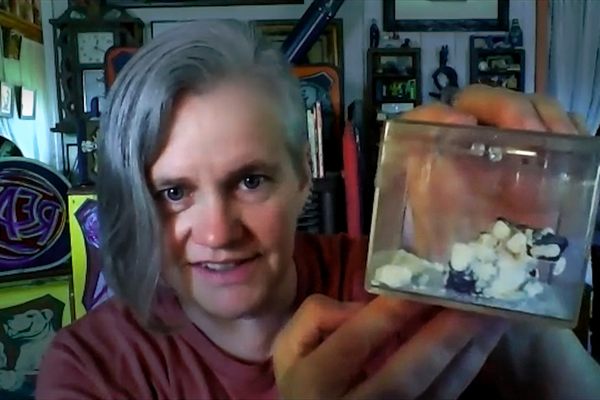
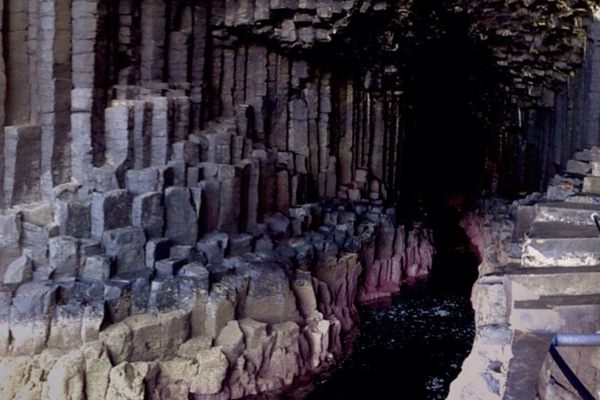


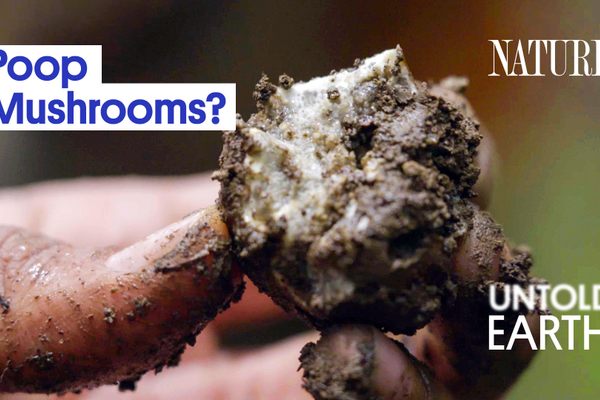
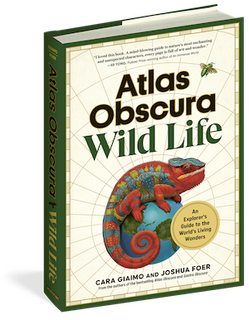

Follow us on Twitter to get the latest on the world's hidden wonders.
Like us on Facebook to get the latest on the world's hidden wonders.
Follow us on Twitter Like us on Facebook